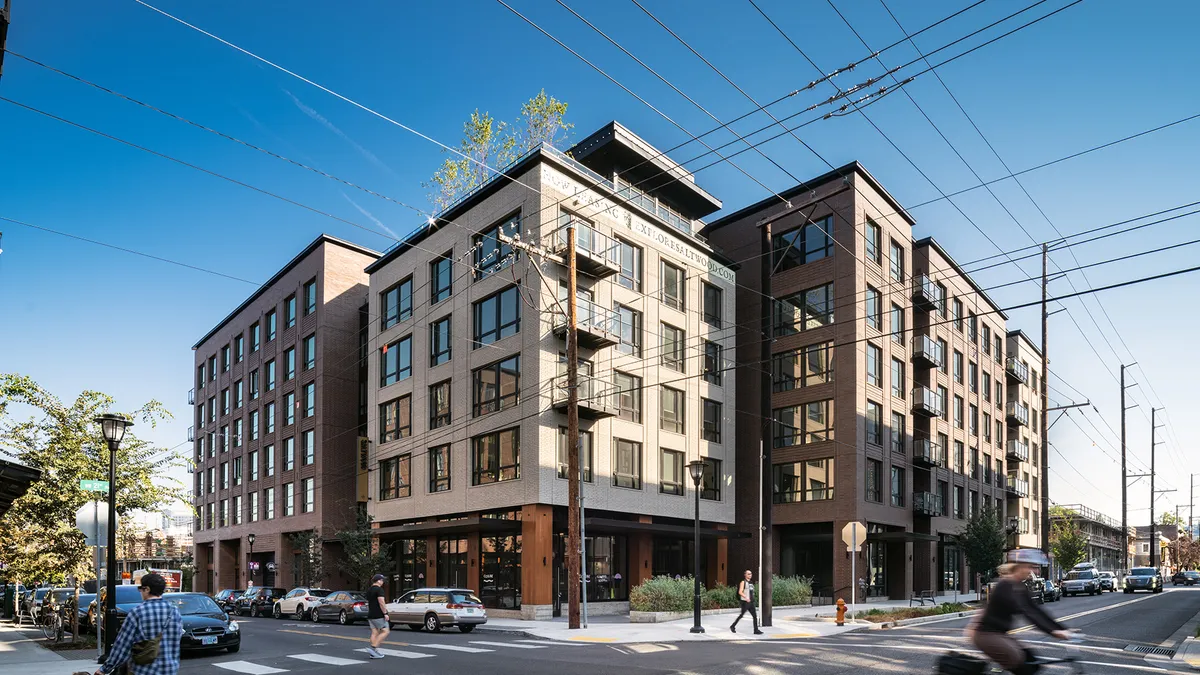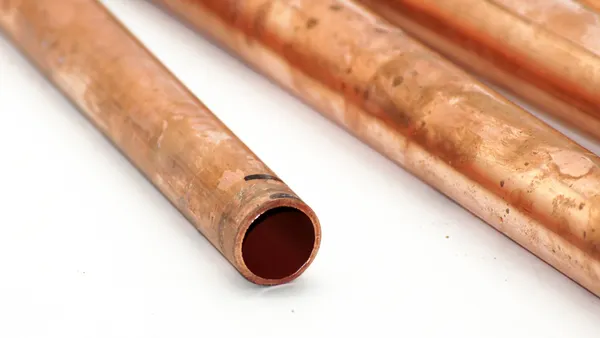Dive Brief:
- Lawmakers in Oregon late last month passed legislation that adopts a goal for the state to have at least 500,000 new heat pumps in its residential and commercial buildings by 2030.
- The challenge, said Joel Iboa, executive director of the Oregon Just Transition Alliance, is who is going to do the work of installing these heat pumps. “That’s why it’s so exciting that part of this legislation includes improvement in workforce and contractor technical assistance, education and awareness of the incentives as well to the public, around the programs, [and] the rebates,” he said.
- Residential and commercial buildings’ energy needs were the source of 34% of Oregon’s greenhouse gas emissions in 2021, according to the state’s Department of Environmental Quality. Space and water heating, meanwhile, represent 64% of an average residential building’s energy consumption.
Dive Insight:
Heat pumps are the most energy-efficient space heating option available in the market today, the legislation notes. Electric heat pumps can provide up to three times more heat energy than the electrical energy they consume, and switching to heat pumps for space and water heating can also help lower household energy bills.
As of 2017, 15% of single-family homes in the Northwest used a heat pump, according to the Oregon Department of Energy. However, the department “predicts that 2023 will be a big year for heat pumps in Oregon,” it said in a January post.
House Bill 3409 declares a state goal of installing at least 500,000 new heat pumps by 2030, and it directs the state to create programs to support buying and installing this technology. It also emphasizes the need to make sure that these programs prioritize environmental justice communities and people who live in homes that don’t have adequate heating and cooling systems.
The NW Energy Coalition has always been an advocate for heat pumps because they are very energy efficient, Fred Heutte, senior policy associate with the coalition, said.
“It’s really the core of what we’re trying to do for both energy benefits, climate benefits — just environmental benefits generally,” he said.
“The big lift has been, how do you put that directly into policy?” he added.
The legislation’s 500,000 heat pump goal came from an estimation of how many homes in Oregon need heat pumps, Iboa said. “There’s 4 million people in the state — 500,000 felt like, from legislators’ standpoint, a good target to hit,” he said.
Now, a key priority will be making sure that frontline communities, including lower-income and environmental justice communities in the state, are part of this effort, he said.
The legislation directs Oregon’s Department of Energy to prepare a report on heat pump adoption within the state by Sept. 15 of every alternate year, beginning in 2025. It also instructs the department to work with other state entities to reduce some of the barriers to home energy efficiency, such as by providing technical assistance and training on installing energy efficient technologies to developers, builders, community organizations, homeowners and tenants. In addition, it must train contractors, subcontractors, technicians and other workers involved in constructing and installing energy appliances.
The biggest challenge the state faces now is, “who’s going to do it?” Iboa said.
There’s potential to have the communities who need this technology the most — frontline communities, Black, Indigenous and people of color, people with disabilities and rural communities, for instance — to also benefit from this workforce development and stimulate their local economy, according to Iboa.
“It’s not just get [the heat pumps] installed by any means necessary — it’s get them installed and make sure that the communities who need it the most also benefit from potentially having this become a clean-energy job,” he said.












